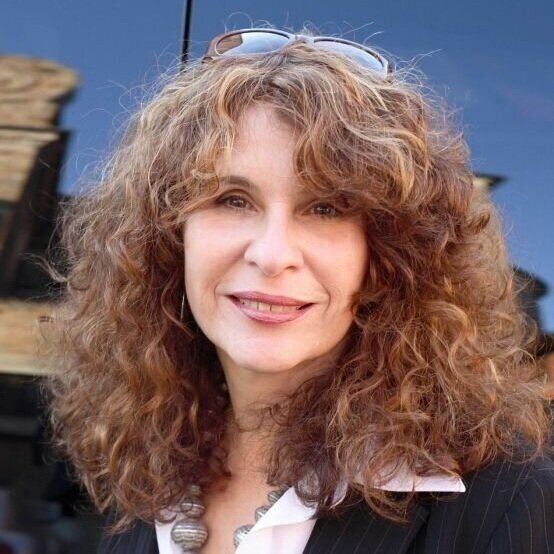Teach About Nicaragua
Below find resources for teaching about Nicaragua, also known as the land of the lakes and land of the poets. We hope these resources help you prepare to teach during Teach Central America Week and all year long.
Lessons
Poetry Fires the Revolution
In this high school lesson by Justin Sybenga, students learn about life in Central America during the war and the risks faced by writers, artists, and poets.
Students analyze poetry and commemorate how a poet from Central America used poetry in the fight for social change.
Inside the Volcano: A Curriculum on Nicaragua
This 1990 teaching guide, edited by Bill Bigelow and Jeff Edmundson, includes interactive lessons on land distribution in Nicaragua before the revolution; the Sandinistas; the role of the United States; the literacy campaign; Ben Linder; and the Honduran connection.
Inside the Volcano: A Curriculum on Nicaragua is a key resource on the Nicaraguan revolution of 1979.
Authors and Activists
In workshops on Central America, we often begin with the question, “How many Central Americans of note can you name?" Below, read about two Nicaraguans. You can find these bios in Central America: An Introductory Lesson.
Gioconda Belli was born in Managua, Nicaragua. She joined the FSLN (Sandinista National Liberation Front) in 1970 and was involved in the underground resistance movement until 1975 when she had to flee the Somoza regime’s secret police and go into exile.
When the Sandinistas came to power in 1979, she held various government positions, working primarily in communications, journalism, and public relations. She left the Sandinista Party in 1993 is now a vocal critic of the Ortega government.
Her works include The Inhabited Woman, The Country Under My Skin, and Line of Fire, which won the Casa de las Americas Prize in 1978. Belli’s website.
Augusto Sandino was born on May 18, 1895 in Niquinohomo, Nicaragua. During his youth, he worked at an oil company in Mexico and became inspired by the message of social equality advocated for by Mexican labor unions.
From 1927-1933, Sandino led a rebellion against the United States military occupation of Nicaragua. Sandino fought against the Nicaraguan government and their repressive policies, which included the crushing of a people’s uprising against the corrupt President Adolfo Díaz in 1912.
Sandino was assassinated in 1934 by the forces of General Anastasio Somoza García, who went on to seize power two years later. Sandino is remembered today as a courageous revolutionary who fought for an independent and autonomous Nicaragua, free from foreign intervention. Learn more at the Sandino Rebellion website.
Art and Poetry
La Fiesta de Boaco, 1980
By Julio Sequiera
This artwork is from the laberinto projects website, "an arts, culture and education platform that fosters art practices, arts education, legacy preservation, social inclusion and dialogue in El Salvador, Central America and its diaspora." laberinto projects also offers teacher workshops.
Ars Poetica
By Claribel Alegría
I,
poet by trade,
condemned so many times
to be a crow,
would never change places
with the Venus de Milo:
while she reigns in the Louvre
and dies of boredom
and collects dust
I discover the sun
each morning
and amid valleys
volcanoes
and debris of war
I catch sight of the promised land.
From Fugues.
Films
¡Las Sandinistas!
¡Las Sandinistas! introduces stories of women who shattered barriers to lead combat and social reform during Nicaragua’s 1979 Sandinista Revolution, and the ensuing U.S.-backed Contra War, as these same women continue as leaders in the struggle against their current government's suppression of democracy and women's rights.
The film is centered around the personal stories of Dora María Téllez, the young medical student who became a major Sandinista General, and four of her revolutionary allies — Nicaraguan women who overcame traditional gender barriers and subverted stereotypes to lead rebel troops in battle and reshape their country with landmark social reform.
Books
In the News
Nicaragua: Past Dreams, Today’s Nightmare
The recent wave of arrests in Nicaragua, targeting five opposition presidential contenders, several former high-level Sandinista leaders, feminists, journalists and others, betrays every dream that we who lived and worked in Sandinista Nicaragua had in the 1980s.
I never imagined then that I would sign an open letter condemning the authoritarian turn taken by the government of President Daniel Ortega, and his wife, Vice President Rosario Murillo. But the increasing repression has prompted me to join over 500 U.S.-based activists who traveled to, worked and lived in Nicaragua, including a handful of luminaries like novelist Alice Walker, whistleblower Daniel Ellsberg and professor Noam Chomsky, in speaking out. What we all have in common is that we went to Nicaragua as health workers, teachers, artists and volunteers to quietly participate in what felt like a unique moment in history, while at the same time protesting loudly against the U.S.-directed war in the ’80s.
We also recommend "Why the Media No Longer Cares About Nicaragua: Elite fixations often determine press coverage, and no one in power wants to talk about Daniel Ortega anymore" by Eric Alterman in The Nation.








